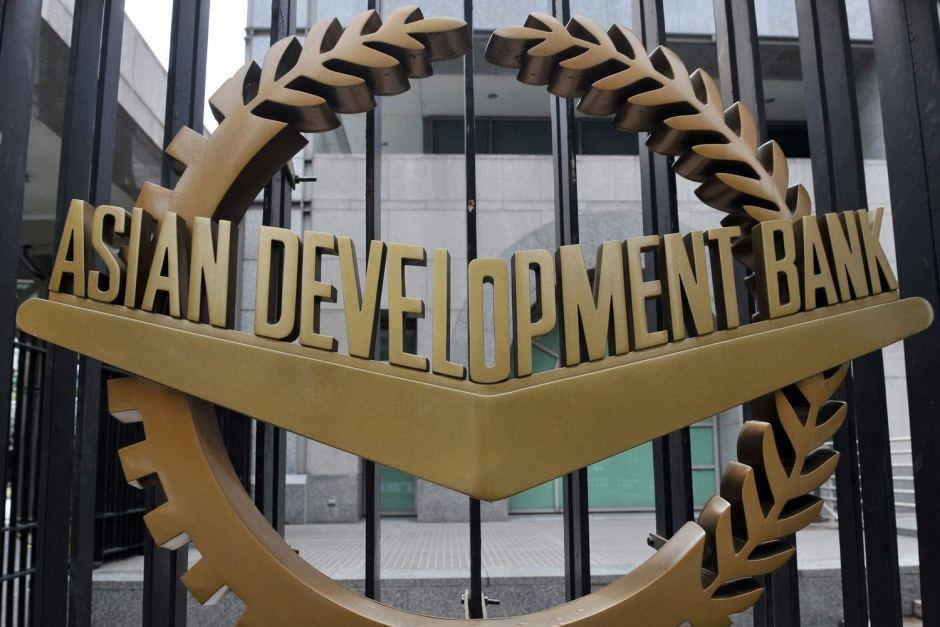The Asian Development Bank (ADB) Annual Report 2017, released on April 24, notes that annual operations of ADB reached a record US$32.2 billion in 2017, as the Bank continues to meet Asia and the Pacific’s growing development needs. This was a 26% increase from the year before.
ADB’s total operations of US$32.2 billion last year consisted of US$20.1 billion in loans, grants, and investments from its own resources (up 51% from 2016) including nonsovereign operations of US$2.3 billion (a 31% increase from 2016); US$11.9 billion in cofinancing from bilateral and multilateral agencies and other financing partners; and $201 million in technical assistance (a 11% increase from 2016).
These figures are based on ADB’s new performance measure of “commitments,” or the amount of loans, grants, and investments signed in a given year. ADB introduced this measure in 2017 to promote project readiness at approval stage, expedite post-approval steps, and get closer to project disbursement, by placing more emphasis on when the projects are signed, rather than when they are approved by ADB’s Board of Directors.
“We began a new chapter in meeting development needs across Asia and the Pacific in 2017,” said ADB President Takehiko Nakao. “With the merger of the bank’s concessional Asian Development Fund lending operations with the ordinary capital resources balance sheet from the start of 2017, ADB has a solid capital base to support our operations going forward.”
Mr. Nakao added, “We continue to combine finance with innovative solutions to respond better to the region’s diverse and specific challenges and needs, such as rapid urbanization, climate change, and growing demand for water and energy.”
ADB’s financing of climate mitigation and adaptation reached a record US$4.5 billion in 2017, a 21% increase from the previous year. The bank is now in a good position to achieve its $6 billion annual climate financing target by 2020. ADB also mobilized an additional $606 million from external financing, bringing total climate financing to US$5.2 billion last year.
The Annual Report emphasizes the importance of partnerships for ADB in scaling up project financing, and for sharing development knowledge and expertise. With the support of donors, ADB established five new trust funds in 2017 that will unlock capital for climate investments through innovative financial products, increase private sector participation in climate change mitigation and adaptation projects, help cities prepare high-priority urban infrastructure investments, increase mobilization of domestic resources, and integrate high-level technology into infrastructure project designs.
On the downside, ADB’s disbursements decreased to US$11.1 billion in 2017 from US$12.3 billion in 2016, according to the Annual Report. Cofinancing also fell short of ADB’s targets.
“We will come up with concrete measures to increase disbursements and cofinancing, building on the new ADB procurement policy approved in April 2017 and ongoing efforts to leverage the bank’s resources,” said Mr. Nakao.
The Annual Report 2017 presents a more comprehensive picture of ADB operations than the previous annual reports in terms of numbers and institutional data. It provides expanded sections on financial highlights, sector and thematic work, and knowledge. ADB’s specific assistance to countries and regional programs, lists of trust funds and corporate reports, and organizational structure are also added.
The figures in the report update the provisional operations numbers released by ADB in January.
ADB, based in Manila, is dedicated to reducing poverty in Asia and the Pacific through inclusive economic growth, environmentally sustainable growth, and regional integration. Established in 1966, it is owned by 67 members—48 from the region.







